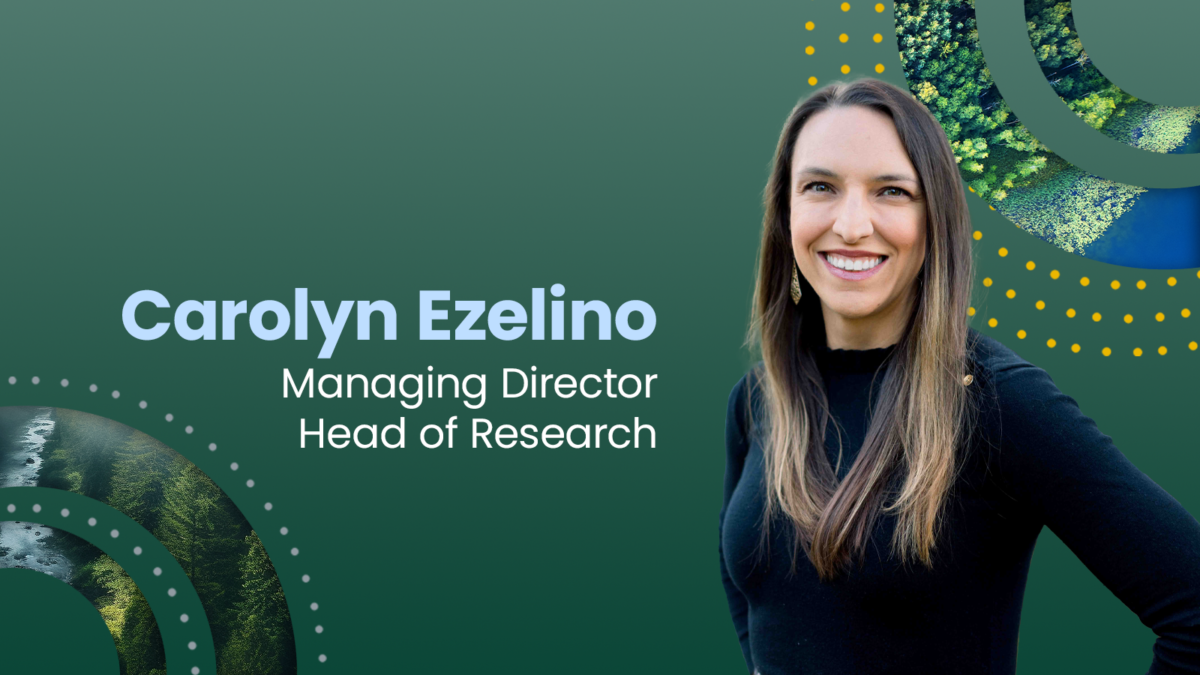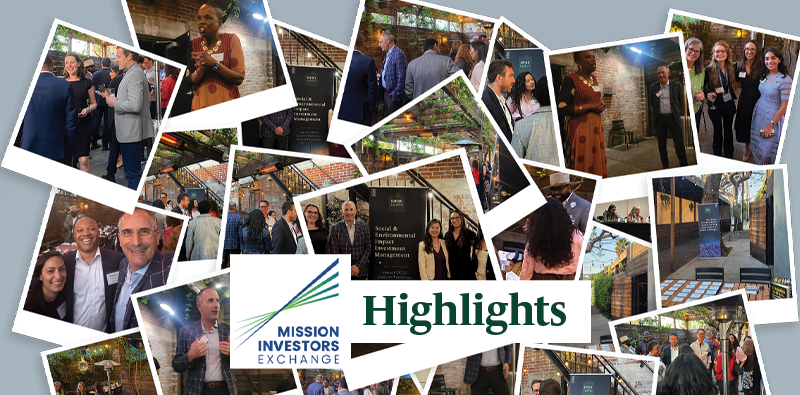Stanford Social Innovation Review, By Lisa Kleissner
November 05, 2013
Stuck in traffic recently, I had time to check out the bumper sticker on the car ahead of me. Although faded by the sun, the message stood out: “The best way to predict the future is to create it.” My husband, Charly, and I have been creating our future as long as I can remember. We began the day we met — at Honolulu International Airport — back in 1974. Our efforts continue to this day with our personal wealth and through our philanthropy as the KL Felicitas Foundation.
Recently, Sonen Capital published the report, “Evolution of an Impact Portfolio,” which shares, in detail, the performance of the KL Felicitas Foundation’s impact investment portfolio over the past seven years. Its performance competed with, and at times outperformed, traditional asset allocation strategies. Research on 38 of the underlying investments in our impact portfolio suggests that the impact sector likely holds a significantly larger absorptive capacity. This has certainly been one of the more turbulent times in the investment industry in recent memory. In this context, we believe the story these numbers tell will be of great interest to all who believe we can do better with how we deploy capital to steward the planet’s resources.
Thirteen years ago, when we sat in our investment advisor’s office looking at potential investments, I asked which of those investments could provide a financial return, as well as a social and environmental benefit. Our advisor did not know. This question launched our work to “create” our own investment future. Fast forward, today we are more than 92 percent impact invested across asset classes in our foundation portfolio. Getting there was anything but easy.
After three years of false starts, we met Raúl Pomares. Raúl did something we could not get anyone else to do—he took a leap of faith to help us build our impact portfolio. Armed with our theory of change, we postulated that if we used the same due diligence approach for impact that traditional investments use, coupled with impact metrics, in theory we should see similar financial results. However, the challenges in the early days were many. Our portfolio size could not meet some minimums. Product was sparse and quality variable. There were few seasoned fund managers. And product was often stealth, meaning that the manager led with the financials to attract non-impact investors.
While the investment industry mostly ignored the impact movement, a new generation of skilled investment professionals emerged. Stanford University alumnae have played a significant role in our pursuit of impact. Sonen Capital, our investment manager, has no less than five Stanford graduates, all thought leaders in the space—Julia Sze, David Hood, Tom Bird, Justina Lai, and Eyal Bilgrai.
For the impact faithful, 2008 was an inflection point. The markets’ chaos was an accelerant for the impact industry. If you graph the number of products that have come on the market since 2008, you will see an exponential curve. Externalities are no longer something to bury, but the source of market opportunity. Most folks, if they look closely, will find something with measureable social or environmental impact in their portfolios.
To better predict our collective future, we decided to create it with our impact peers. So we co-created the Toniic network three years ago—a global network of action-oriented impact investors who aggregate global capital for global impact investments. And we have created the 100% Impact Network—a peer network of asset owners who have intentionally committed all of their assets to positive social and/or environmental impact. We are leveraging these networks to share and learn from a wide range of innovative portfolio approaches.
However, as the recent World Economic Forum publication “From the Margins to the Mainstream” so clearly spells out, it is going to take more performance data to get to scale. Sonen Capital’s report goal is to contribute to the data gap. We also hope it will inspire other investors to share their impact performance data.
We have a dream for the future and it is quite simple: Investors no longer need to differentiate between impact and non-impact, and all investments are evaluated on financial and impact performance. It is this type of transparency that will finally enable all of us to create the future humanity and the planet deserve.
See the full article on Stanford Social Innovation Review.


